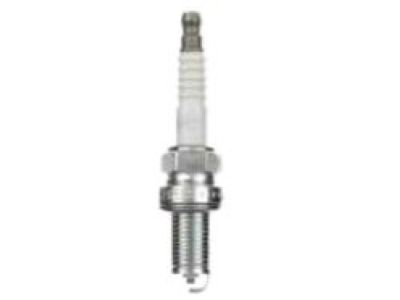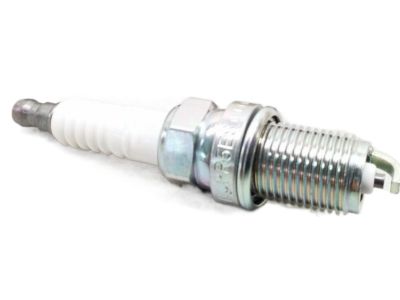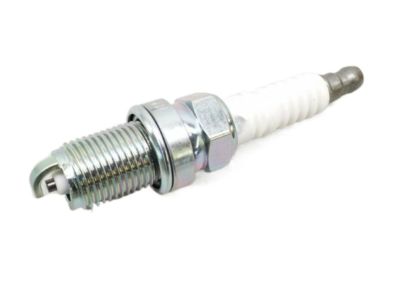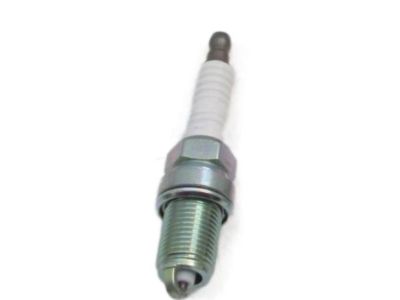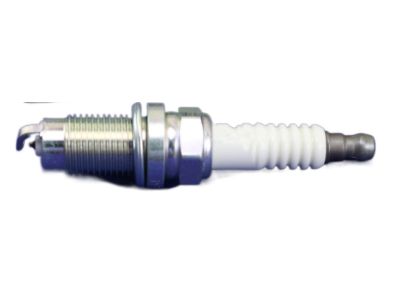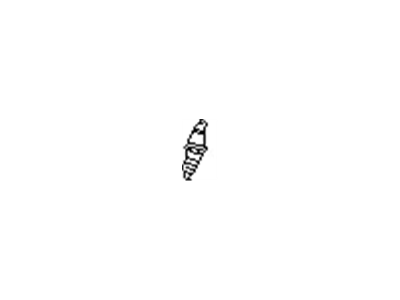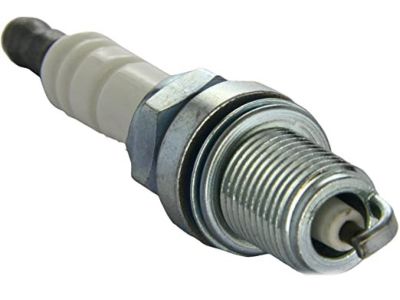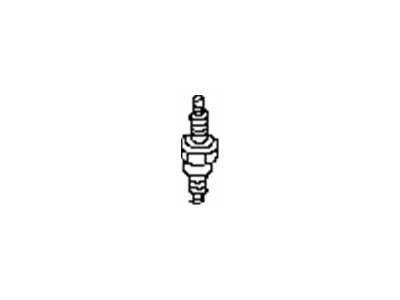×
- Hello
- Login or Register
- Quick Links
- Live Chat
- Track Order
- Parts Availability
- RMA
- Help Center
- Contact Us
- Shop for
- Nissan Parts
- Nissan Accessories

My Garage
My Account
Cart
Genuine Nissan 300ZX Spark Plug
Ignition Spark Plug- Select Vehicle by Model
- Select Vehicle by VIN
Select Vehicle by Model
orMake
Model
Year
Select Vehicle by VIN
For the most accurate results, select vehicle by your VIN (Vehicle Identification Number).
16 Spark Plugs found

Nissan 300ZX Spark Plug
Part Number: 22401-01P16$4.16 MSRP: $6.02You Save: $1.86 (31%)Ships in 1-3 Business Days
Nissan 300ZX Spark Plug
Part Number: 22401-01P15$4.44 MSRP: $6.43You Save: $1.99 (31%)Ships in 1-3 Business Days
Nissan 300ZX Spark Plug
Part Number: 22401-40P66$12.98 MSRP: $18.80You Save: $5.82 (31%)Ships in 1-3 Business Days
Nissan 300ZX Spark Plug
Part Number: 22401-02P16$3.71 MSRP: $5.37You Save: $1.66 (31%)Ships in 1-3 Business Days
Nissan 300ZX Spark Plug
Part Number: 22401-02P15$4.17 MSRP: $6.03You Save: $1.86 (31%)Ships in 1-3 Business DaysNissan 300ZX Spark Plug
Part Number: 22401-27N67$11.31 MSRP: $16.37You Save: $5.06 (31%)Ships in 1-3 Business DaysNissan 300ZX Spark Plug
Part Number: 22401-40P65$11.77 MSRP: $17.05You Save: $5.28 (31%)Ships in 1-3 Business Days
Nissan 300ZX Spark Plug
If you need any OEM Nissan 300ZX Spark Plug, feel free to choose them out of our huge selection of genuine Nissan 300ZX Spark Plug. All our parts are offered at unbeatable prices and are supported by the manufacturer's warranty. In addition, we offer quick shipping to have your parts delivered to your door step in a matter of days.
Nissan 300ZX Spark Plug Parts Questions & Experts Answers
- Q: How to properly replace spark plugs in an engine on Nissan 300ZX?A:There is nothing wrong with the spark plug when you are replacing it, the extra information to be acquired prior to spark plug replacement is that; It is advisable that you purchase new spark plugs before replacing them, adjust them to the correct gap, and replace each spark plug properly with the type required for your engine. The spark plugs are placed in deep ports and to do this requires time, and an accessory plug wrench comes with the kit. Wait until the engine cools down before removal, and examine each new plug for defects, and the gap using the wire plug gauge or the feeler gauge, and set the gap using the notched adjuster, accordingly. First, pull loose the Spark Plug Wire from one plug by pulling on the scalar with a puller or twisting the boot. Blow any debris off the area around the spark plug, using compressed air or a bicycle pump; to remove the old spark plug, use the spark plug wrench or a socket to loosen it in a counter-clockwise direction. The old plugs will show the general health of the engine if a visual check is made on them. Put a new plug with minimum interference to thread it in and do not use a spanner on it while threading it, use a spanner to tighten the plug to the right torque. Check the appearance of the spark plug wire and make sure there is no damage on it when connecting it to the new plug then make sure that it is well positioned without touching the exhaust manifold. Proceed through each spark plug in the same way and replace them one at a time to avoid confusion with wires; fix the harness support after the rear spark plug in the left side of the engine is replaced.

